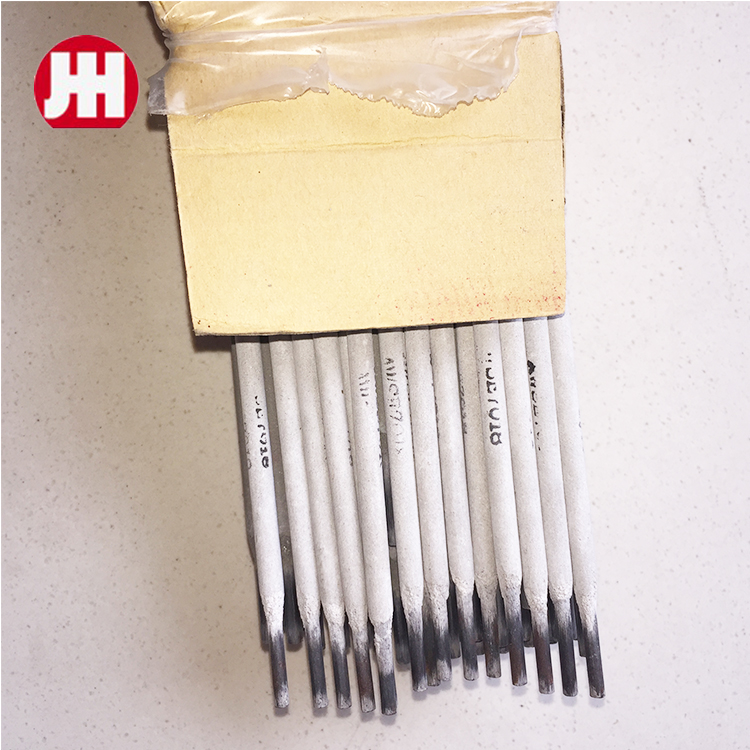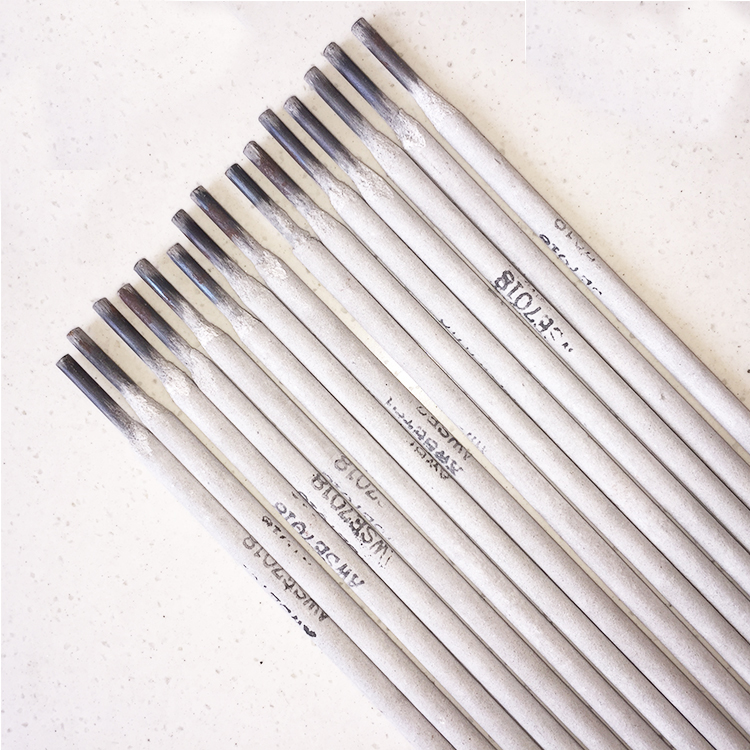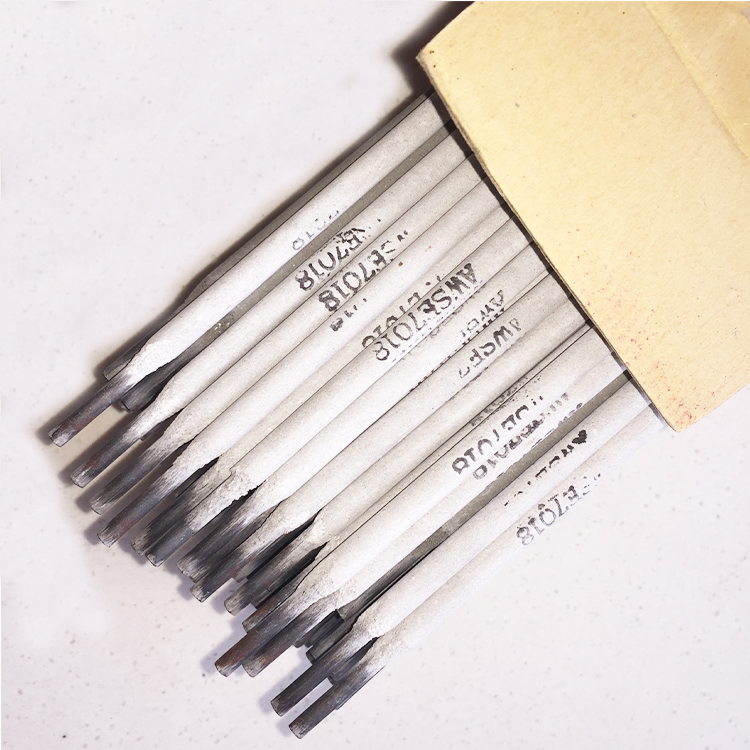AWS E7018 Welding Rod – Low Hydrogen, High Strength
Field Notes on the Welding Rod Eletrodo AWS E7018: Real-World Use, Specs, and Buying Tips
If you’ve spent any time in structural or plant maintenance, you already know the reputation of the aws e7018 welding rod. To be honest, it’s the no-drama stick people reach for when weld quality really matters—bridges, construction, pressure-rated equipment. I’ve seen teams try flashier consumables, then quietly switch back when the project manager asks for clean test coupons and certified procedures.

What’s trending with E7018 right now
Across steel construction and heavy maintenance, there’s a clear tilt toward low-hydrogen, code-compliant electrodes. Fewer repair cycles, better impact toughness in the cold, and WPS-friendly parameters. E7018 fits that lane. Interestingly, many customers say they’re stocking both AC-optimized variants for field generators and classic DCEP-capable rods for shop work. It seems practical—and it cuts downtime.
Core specifications (typical)
| Product Name | Welding Rod Eletrodo AWS E7018 |
| Classification | AWS A5.1 E7018; ISO 2560-A approx E 42 5 B 32 H5 |
| Polarity/Power | DCEP (preferred) or AC (sufficient OCV required) |
| Usable Positions | All-position except downhill |
| Diffusible Hydrogen | H4/H4R class (≈4 ml/100 g deposit, real-world use may vary) |
| Tensile Strength (min) | ≈ 70 ksi (≥ 490 MPa) |
| Yield Strength (min) | ≈ 60 ksi (≥ 420 MPa) |
| Typical Elongation | ≈ 22–28% |
| Diameters | 2.5, 3.2, 4.0, 5.0 mm (1/8–3/16 in) |

Process flow and QC checkpoints
Materials and methods: low-hydrogen iron-powder coating, controlled moisture; bake at ≈ 260–315°C for 1–2 h if opened; hold at 100–150°C in rod oven. Preheat depends on base metal chemistry and thickness (consult WPS). Use stringer beads on high-restraint joints; short arc; clean each pass—slag is cooperative, but don’t get lazy.
Testing standards: AWS A5.1 classification tests, bend tests per ASME Section IX; impact tests when specified (common: 27–47 J at sub-zero temps). Service life: you don’t measure it in years but in how many defect-free passes you lay; kept dry, an unopened can lasts to shelf-date, and re-dried rods hold performance well.

Where it shines
Bridges, high-rises, cranes, ship sections, storage tanks, boilers, and general construction in mild and low-alloy steel. Many inspectors prefer aws e7018 welding rod for root-to-cap in structural joints, though for pipe, you might pair it with a cellulose root depending on procedure. Arc is stable, slag peels nicely, and rework rates drop. Surprisingly forgiving on slightly rusty steel—within reason.
Vendor snapshot (what I’m seeing in the market)
| Vendor | Standards/Certs | Packaging | Price (≈) | Customization |
|---|---|---|---|---|
| SteelTools China (Origin: NO.368 YOUYI NORTH STREET, XINHUA DISTRICT, SHIJIAZHUANG CITY, CHINA) | AWS A5.1; ISO refs; can align with ASME IX. Mill certs available. | 5 kg/10 lb boxes; moisture-barrier wrap options | Competitive, project-based | Private label, diameter range, custom bake labels |
| Global Brand A (e.g., Lincoln Excalibur 7018 MR) | AWS/ASME; H4R; broad approvals | DryPak styles; robust carton | Premium tier | Standard premium SKUs |
| Global Brand B (e.g., ESAB OK 48.00) | AWS/ISO; marine approvals (ABS/DNV on some) | Vacuum-sealed variants | Premium tier | Regional customization |
| Local Distributor | Varies by batch | Standard cartons | Mid-range | Limited |

Mini case files
Bridge rehab, Midwest US: Crew ran aws e7018 welding rod 3.2 mm vertical-up on gusset plates; RT spot checks passed first submission. Foreman’s note—“slag lifted by itself more often than not.”
Food plant vessel patch: Low-alloy steel shell; WPS called for 150°C preheat, E7018 fill/cap. Dye-pen and UT clean. Customer feedback: “lower spatter than we expected; we stuck with stringers and it just worked.”

Quick tips for success
- Keep rods dry; re-bake if exposure exceeds spec. Label your rod oven temps.
- Use DCEP for best arc force; AC works if OCV is adequate.
- Short arc, slight weave only when needed; clean slag every pass.
- Tie to a qualified WPS per ASME Section IX when code work is in scope.
If you need project labeling, diameter mixes, or packaging tweaks, ask for customization up front—it saves headaches later. For procurement, the aws e7018 welding rod from SteelTools China ships from Shijiazhuang with mill certs on request.
Authoritative citations
- American Welding Society, AWS A5.1/A5.1M: Specification for Carbon Steel Electrodes for Shielded Metal Arc Welding. https://pubs.aws.org
- ASME Boiler and Pressure Vessel Code, Section IX: Welding Qualifications. https://www.asme.org/codes-standards
- ISO 2560-A: Welding consumables — Covered electrodes — Carbon steel and carbon manganese steel. https://www.iso.org/standard/4598.html
- Lincoln Electric, Excalibur 7018 MR Data Sheet (reference for typical E7018 properties). https://www.lincolnelectric.com
-
High-Quality Welding Electrodes 4.0mm*400mm for Industrial Use | Steel Tools ChinaNewsNov.24,2025
-
Explore the Benefits and Uses of 2.6mm Welding Electrode 6013 | Global GuideNewsNov.23,2025
-
Understanding CO2 Welding Wire Price: Global Impact, Trends, and TipsNewsNov.22,2025
-
Top Guide to Welding Wires CO2 – Specifications, Benefits & Industry UsesNewsNov.22,2025
-
Comprehensive Guide to Welding Electrode 6011 – Global Applications & BenefitsNewsNov.21,2025
-
AWS E6013 Welding Rod-HEBEI YUJINHONG TECHNOLOGY CO.,LTD.|All-Position Carbon Steel ElectrodeNewsNov.21,2025


